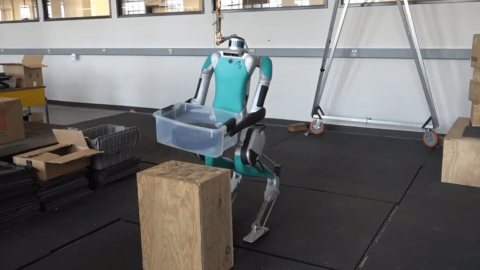
When you’re starving, hunger is like a demon. It awakens the most ancient and primitive parts of the brain, then commandeers other neural machinery to do its bidding until it gets what it wants.
Although scientists have had some success in stimulating hunger in mice, we still don’t really understand how the impulse to eat works. Now, some experts are following known parts of the neural hunger circuits into uncharted parts of the brain to try and find out.
Their work could shed new light on the factors that have caused the number of overweight adults worldwide to skyrocket in recent years. And it could also help solve the mysteries around how and why a new class of weight-loss drugs seems to work so well. Read the full story.
—Adam Piore
This story is from the next magazine edition of MIT Technology Review, set to go live on January 8—and it’s all about innovation. If you don’t already, take advantage of our seasonal subscription offers to get a copy when it lands.
Six takeaways from a climate-tech boom
A surge of climate-tech startups seeking to reinvent clean energy and transform huge industrial markets is fueling optimism about our prospects for addressing climate change. Tens of billions are pouring into these venture-backed companies in just about every field you can imagine, from green steel to nuclear fusion.
But all that optimism comes with a warning: most venture-backed startups in cleantech have failed miserably so far.



Recent Comments